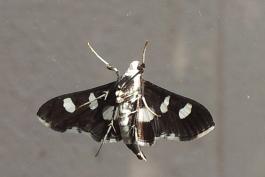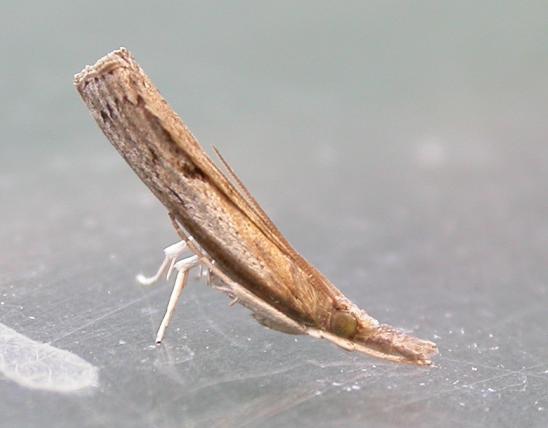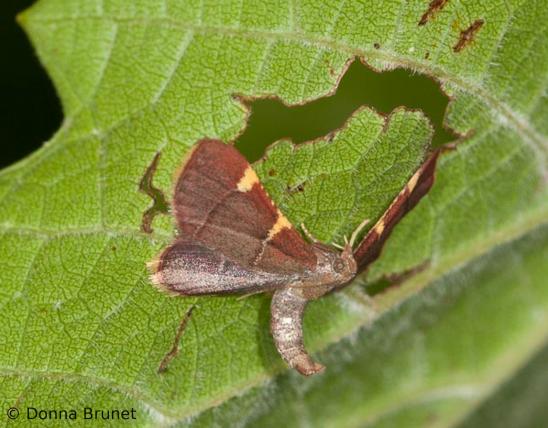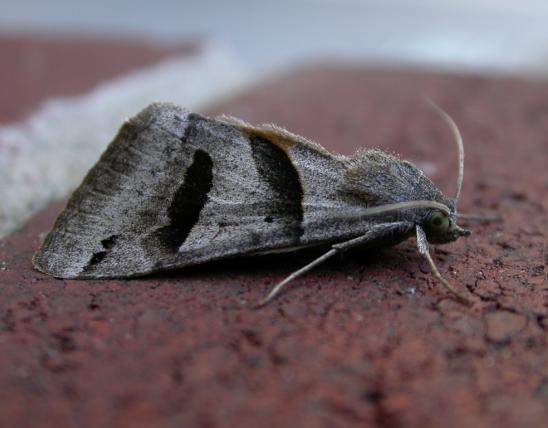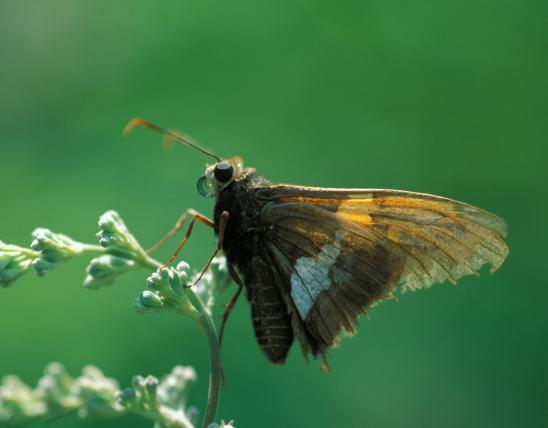
Leaffolder moths (genus Desmia) are black with bold white markings. The body is slender and protrudes beyond the hindwings. Sometimes the moth curls its pointy abdomen tip upward.
Two common species are the grape leaffolder (Desmia funeralis) and grape leafroller (D. maculalis) — but to verify a species identification requires examination of the insect’s minute reproductive organs or mouthparts, or even its DNA.
The caterpillars are transparent green. They construct shelters by folding leaves of the food plant. They become extremely active when disturbed.

Habitat and Conservation
Food
Status
Life Cycle
Human Connections
Ecosystem Connections
The caterpillars are herbivores that graze on vegetation. The adults may serve a role in pollination. All stages provide food for predators — although the caterpillars find protection within their leafy shelters.
The close resemblance to forester moths, which also fly by day but are in an unrelated family, suggests one or both may be mimics of each other or of, perhaps, of some kind of wasp.



